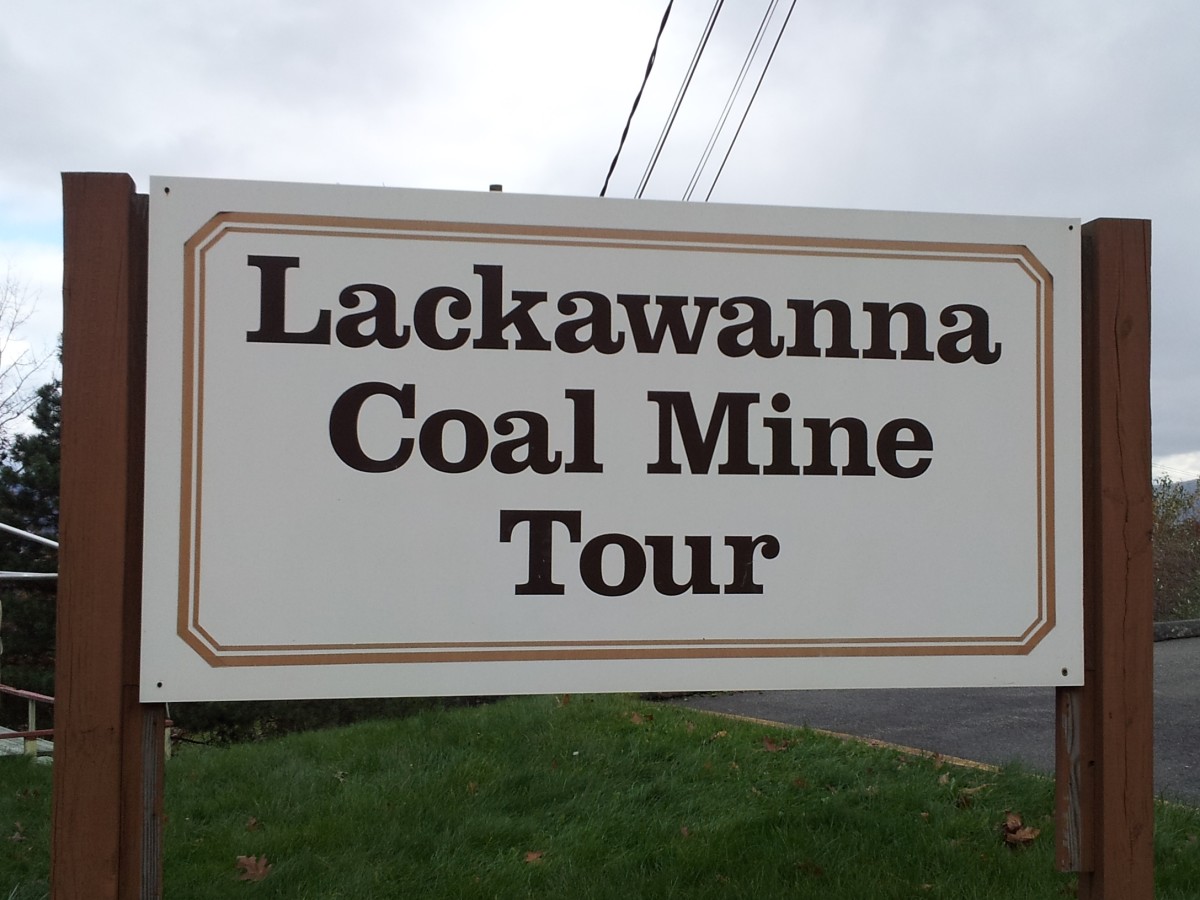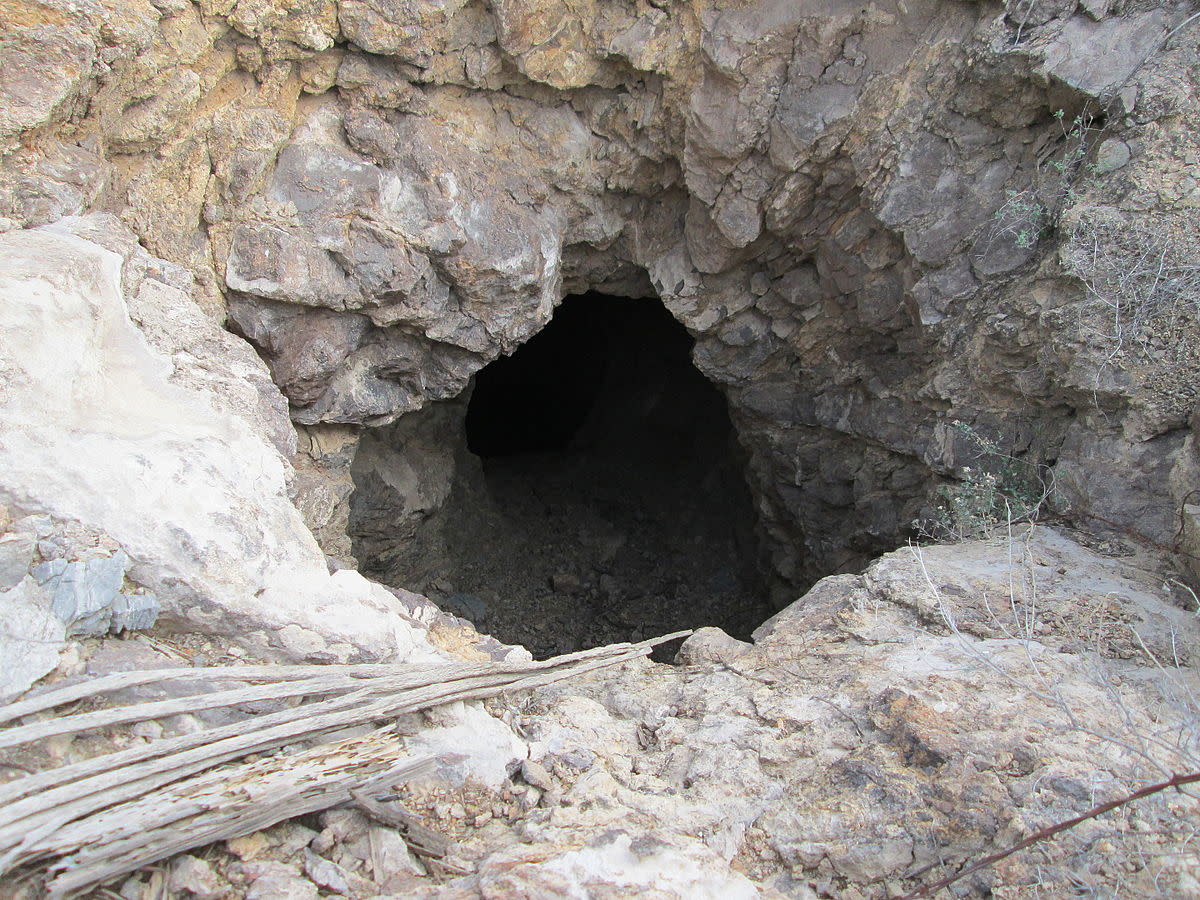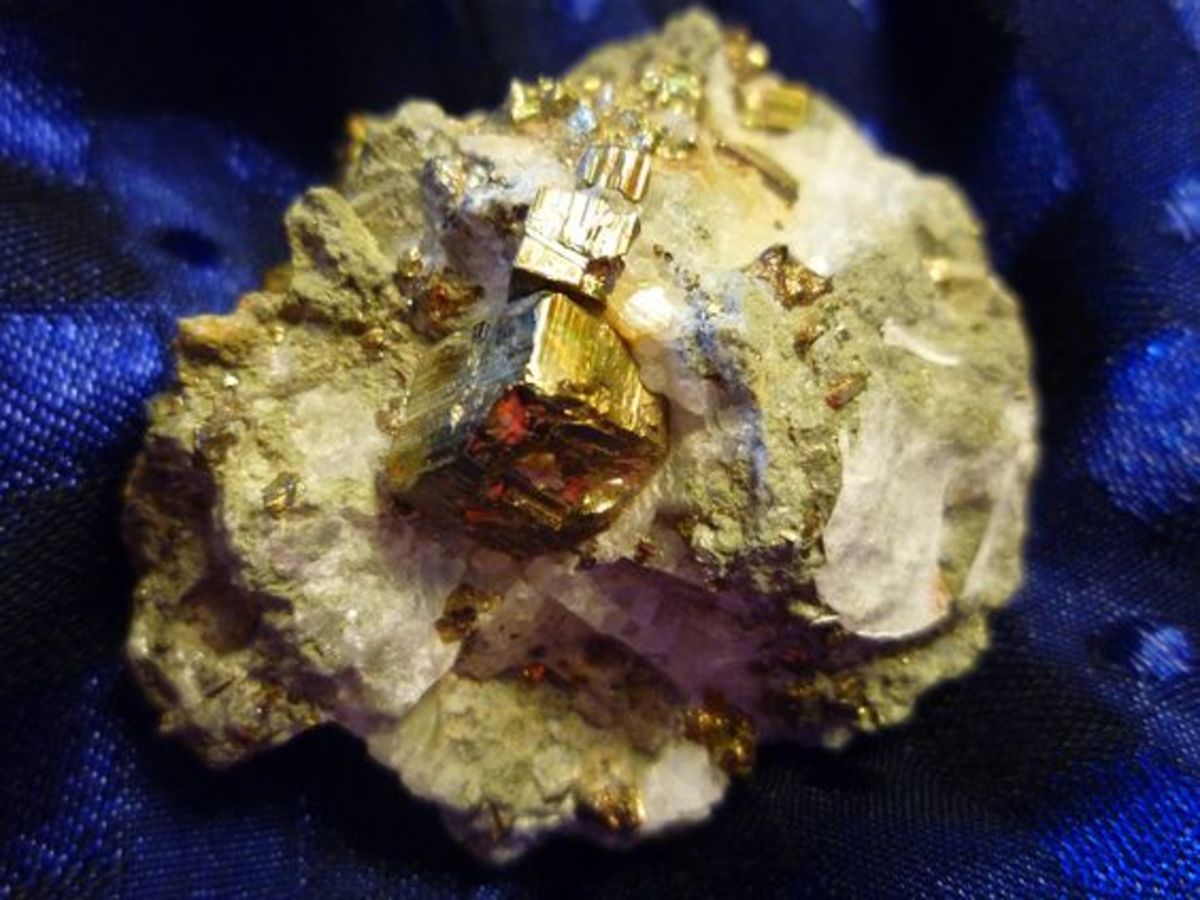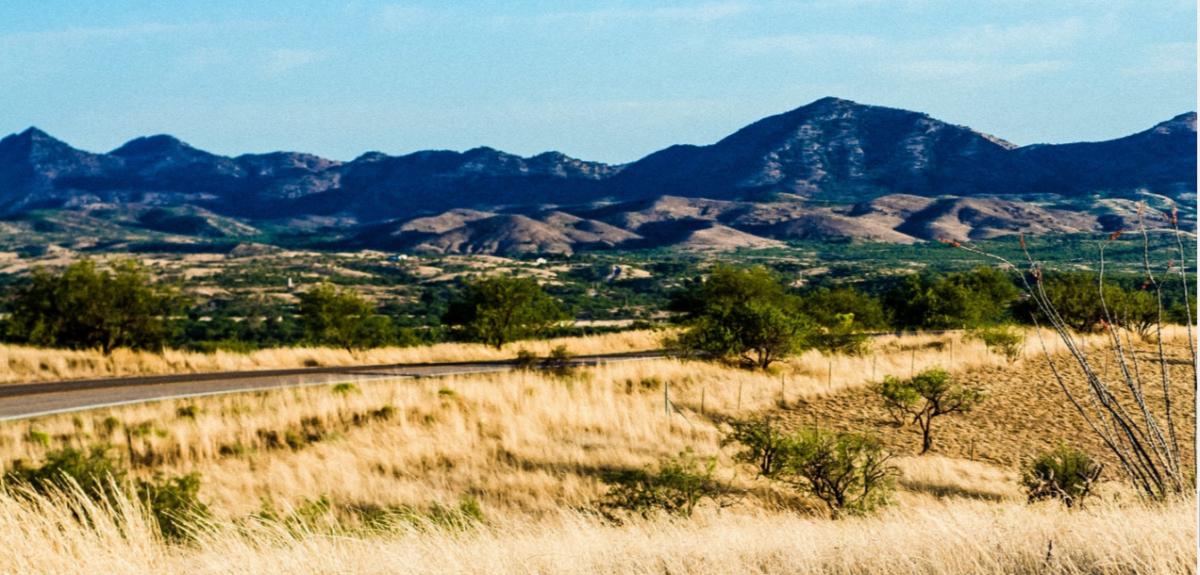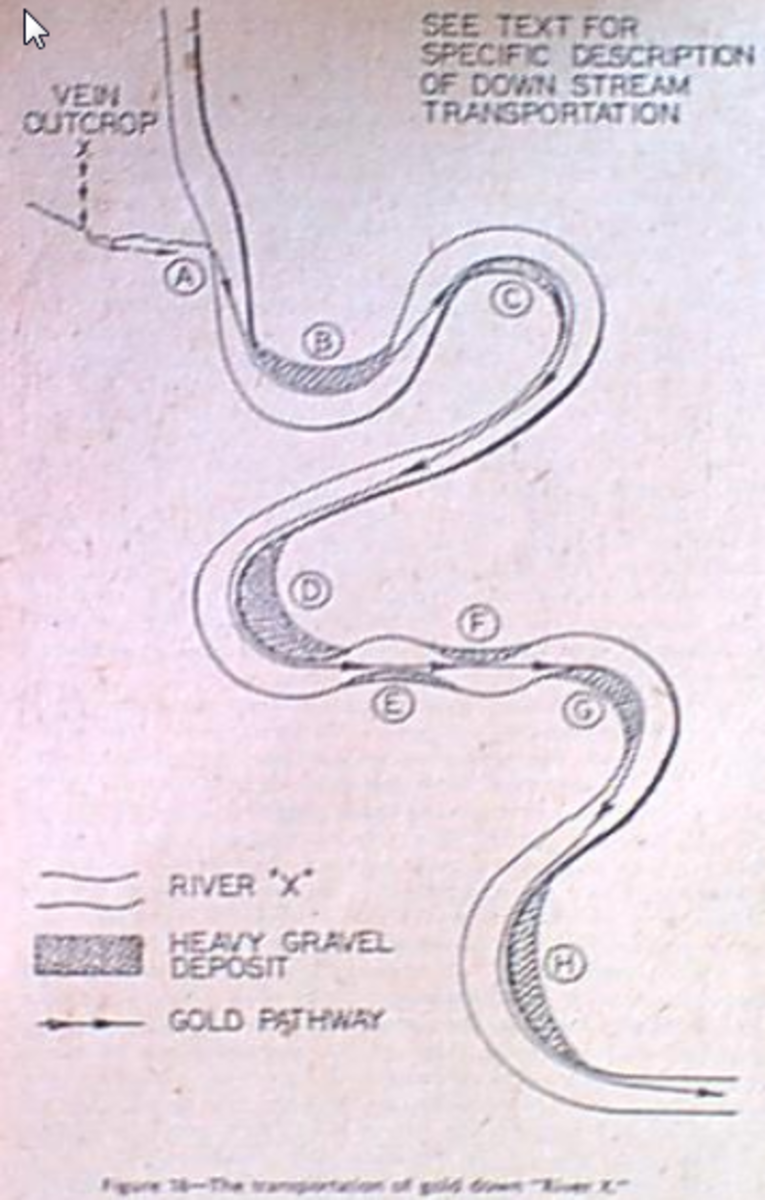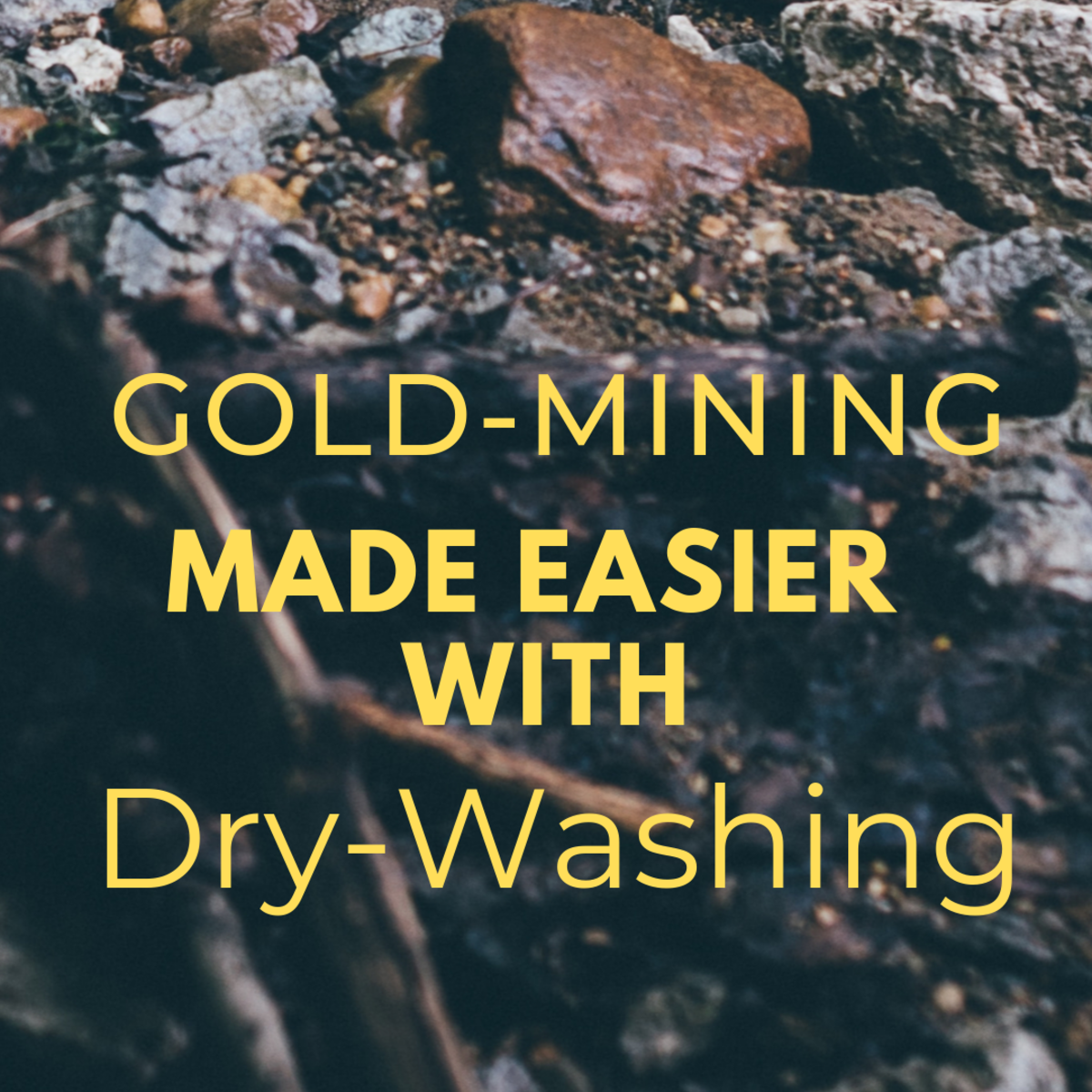Pennsylvania Coal Mining and Disasters
Anthracite
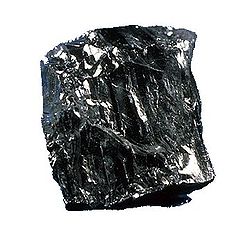
A short history of coal
Coal has been used for a significant portion of human history. Evidence suggests that coal was used in early 3000 BC in Britain as part of funeral pyres. Marco Polo, an Italian who traveled to China in the 1300’s noted that “black stones, which burn like logs” were used for heating purposes. He went on to indicate that it was so plentiful that people could take three hot baths a week!
Coal has been used in the Americas since the Aztecs used it for fuel and lignite for ornamentation. Deposits of coal were located in Eastern North America in the 18th century. The availability of coal began the industrial revolution as it began to be used to power steam engines.
Changing from bituminous to anthracite coal use
The war of 1812 sparked a conversion from bituminous coal to anthracite. Industrial centers such as Baltimore, New York, and Philadelphia no longer were receiving imported coal from Great Britain due to blockades. Philadelphia began to adapt from using the softer bituminous coal to the harder anthracite. It took local blacksmiths to learn to use anthracite successfully. The manufacturing businesses were initially unable to adapt to the differences in burning the harder, yet more fuel efficient, anthracite.
In 1833, two inventors impacted the market by unveiling both a home stove and an industrial hot blast furnace to burn anthracite. The hot blast furnace used in iron manufacturing was developed at Valley Furnace near Pottsville in Schuylkill County, Pennsylvania. Merchants and manufacturers began to use coal mined in Pennsylvania and the mining industry was launched. The settlement of mining towns began to skyrocket.
All about anthracite
Anthracite is not only the hardest and most clean burning coal, giving off the least emissions, but is also the least commonly found. It is generally steel grey to black with a shiny, almost metallic, luster. It has been used as a domestic heating source as it burns slowly and produces little dust. Although harder than other coal forms to ignite, once lit, anthracite is relatively easy to sustain, requiring little attention. The carbon content of anthracite coal is between 92 and 98% and it burns with a small, smokeless, blue flame. The term anthracite is applied to those varieties of coals that do not give off tarry or other hydrocarbon vapors when heated below the point of ignition.
Anthracite is known by a number of other name including hard coal, blind coal, craw coal (or sometimes crow coal), Kilkenny coal, and black diamond. It has also been referred to as Blue Coal although this was only a once popular trademarked based name. The term ‘blue coal’ comes from the Glen Alden Coal Company which sprayed it with a blue dye to distinguish it from the competitor’s coal products. The Glen Alden Coal Company was based in Pennsylvania and the coal was shipped to various Northeastern U.S. markets.
Anthracite contains the highest calorific content of all types of coals, which include bituminous coal and lignite. Bituminous coal is a softer coal of poorer quality than anthracite. Within the coal mining industry, bituminous coal is known for releasing the highest amount of firedamp which is a dangerous mixture of explosive gases. Lignite may often be referred to as brown coal and is the lowest quality of coal. It has characteristics that put it somewhere between bituminous coal and peat, which is basically an accumulation of decayed vegetation. Lignite has the highest moisture and ash contents of the coal varieties. Bituminous coal is the most abundant and widely used coal and lignite makes up most of the remainder. Anthracite and graphite are the rarest forms of carbonaceous materials and the end results of the coalification processes. In fact, graphite is generally not even considered a ‘coal’ as it is the end process and an allotrope of carbon.
Knox Mine Disaster Video
Dangers of coal mining
Coalification occurs when certain plant materials gradually break down. The amount of volatile matter gradually decreases and the amount of fixed carbon increases. One of the inherent dangers of coal mining has to do with this process. During the coalification process, not only does the amount of fixed carbon increase, but the size of the pores, or holes, in the coal decreases. Off-gassing of methane is produced during coal formation and may become trapped inside the coal in the pores. This coal has more danger of having trapped methane from absorption. This methane may be released during mining operations and explosively mix with the air.
There have been over thirty thousand men and boys killed in mining accidents. Many accounts have been created to detail the lives and hardships of mine employees. The U.S. Bureau of Mines recorded statistics such as millions of tons of coal mined, numbers of workers employed, and public consumption.
It was a relatively low paying, difficult, and dangerous job. Boys as young as eight were frequently employed as breaker boys and many lost their lives as they sat astride the coal chutes, picking out slate and other debris by hand. This practice of using such youngsters as hazardous work force prompted many child labor laws. In 1900, a full sixth of the mining work force were young boys. The Commonwealth of Pennsylvania outlawed the employment of boys younger than twelve around 1885 and extended the age to fourteen by 1903. Unfortunately, these laws were rarely enforced.
During the 1800’s and into the mid-twentieth century, nearly all the world’s known anthracite reserves were located in Pennsylvania. Coal breakers were always used at anthracite mines. A coal breaker is primarily used for what the name implies, breaking the coal into specific uniform sizes. Once uniform in size, impurities were removed, usually by hand by the breaker boys. Breakers were routinely placed near the entrance of mines to minimize the distance and therefore the cost outlay of the coal to be processed.
In 1869, near Plymouth, Pennsylvania at the Avondale Colliery, a fire broke out in the breaker. Because the breaker was linked directly with the deep mine’s ventilation system, the fire rapidly spread to the mine’s entrance. The mine’s breathable air was quickly consumed and one hundred ten men and boys lost their lives due to suffocation. Legislation was passed in 1870 to outlaw the placing of breakers directly above the mine.
Unfortunately, many legal safeguards were discarded, skirted, or outright disobeyed for the sake of monetary gain.
Knox mining disaster
One of the largest mining disasters was the Knox Mine Disaster. This particular incident helped precipitate the end of anthracite mining. The safety margin of overhead rock of a mine was supposed to be a minimum of 35 feet of rock, to ensure there would be no collapse from the water. At the River Slope Mine, owned by the Knox Coal Company, miners were directed to dig under the Susquehanna River. Tunneling sharply upwards, they came to a section where the rock thickness was a mere six feet. This proved to be insufficient overhead and the ‘roof’ of the mine could not hold. The break occurred and flooded the mines with over 10 billion gallons of water. 81 miners were initially trapped. Fortunately, 69 managed to escape but twelve miners still lost their lives.
The surface of the Susquehanna over the cave-in produced a giant whirlpool 150 feet in diameter. Although many attempts were made to stop the influx of water, the mines were unable to be salvaged. By the same afternoon of the incident, plans were already in place to attempt to seal the breach. A nearby railroad track was diverted and over fifty coal hopper cars were pushed into the river. Additionally, over 400 mine cars were sent into the whirlpool in an effort to plug the hole but the water just kept rushing into the mines. Bales of hay, railroad ties, culm, dirt, rocks, all were sent into the breach to no avail. The river eventually had to be diverted around Wintermoot Island by building dams. Once the hole was uncovered, it became evident just how close the mine was dug to the riverbed. The rock cover at the breach was barely six feet and the humongous size of the hole became evident. Because the majority of the mines were interconnected, this tragedy effectively ended deep anthracite mining in the Wyoming Valley.
Coal Breaker
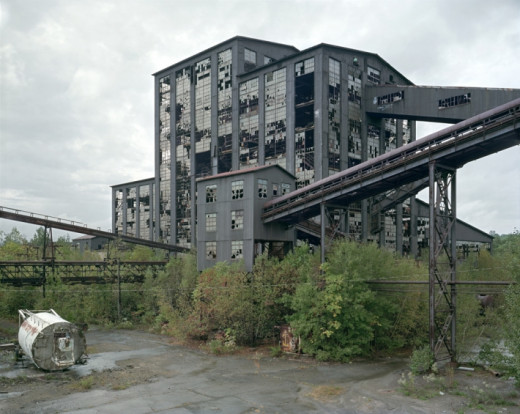
Coal mining today
Today’s coal mining practices are vastly different from those of the past. Technological and mechanical improvements have replaced many of the hazardous jobs previously done by hand. While there are still fatalities inherent in the mining operations, the loss of life has been significantly reduced. Thankfully, as we continue to improve upon existing mining practices, we should continue to see a drop in the number of lives lost.


